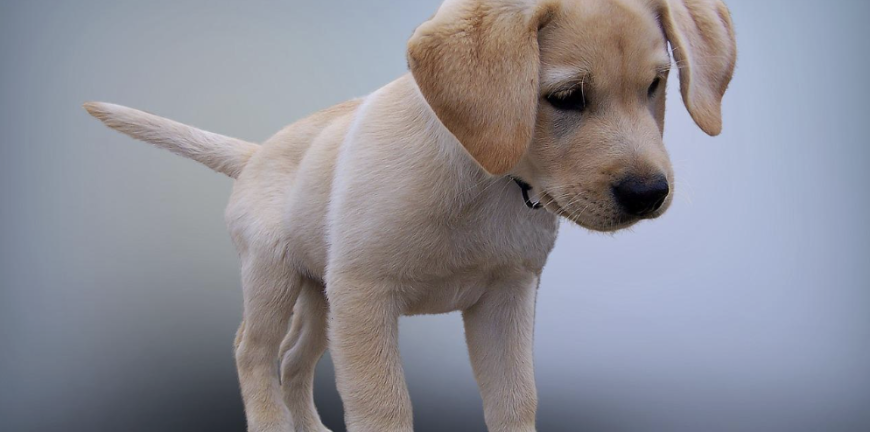September 18, 2023

Tips for Pet Photography
There are probably some times when you come across some dog portraits taken by professionals and you feel like replicating them for use in print or social media. However, in most cases, the product won’t even be close to what you saw. This is because these furry friends are quite unpredictable. They also tend to have lots of energy, which makes it quite hard to capture those amazing shots.
This doesn’t mean you can’t do it though – you only need the right tips and skills. And below, we look some crucial ones.
Relax and Have Fun
As your companion, your furry friend can always sense your emotions. And if you are tense, they will also pick up on it. A new environment can also make them anxious, which makes it even harder to capture those photos. For the best shots, you want to ensure that your dog is full of positive energy. To ensure this, approach your photo shoot as a simple play date, regardless of how much you’ve planned for it. Engage in activities that the dog always enjoys, such as playing fetch or even cuddling – whatever makes them happy. You’ll soon find this to be the most important rule in pet photography.
Ensure the Light is Right
Photography, in essence, is the art of capturing light. And when it comes to taking shots of your furry friend, it can make all the difference. If you are shooting outdoors, you can wait for the right conditions and use natural light that is not too bright or dull.
If you are looking for some still portraits, you may consider looking for photo studios. This way, you will have control over the type and amount of light. You will also avoid using flash photography, which could make your dog’s eyes look weird.
Focus on Eyes and Expressions
One of the best things about dogs is that they are full of expressions as they try to make sense of our interactions. These are a recipe for some of the best dog shots, as they make the charisma and personality of the dog shine through. When framing your shot, you should therefore ensure that the dog’s eyes are in sharp focus. You can use a wide aperture (low f-number), as it will help blur the background and bring attention to those soulful eyes. Keep in mind that you’ll need to interact with the dog to bring out its range of emotions.
Have an Assistant
Being a one-person show can work in general photography, but not perfectly when it comes to capturing those perfect moments with your furry friend. When you have an assistant, they will be able to engage your dog and help you achieve that pose that you are looking for. The person can make some sounds behind you, play with them, hold treats, or use toys to direct attention for a new perspective.
Use a Fast Shutter Speed
As dogs are usually full of energy, you can really struggle before you capture a sharp and focused image when the dog gets in the position you’d like. However, the shutter speed settings can prove to be the only magic you need. Using a fast one will help you freeze motion, and you can combine this with burst to take multiple photos. Using a fast shutter speed can even help capture action photos, such as when your dog is leaping through the air.
Always Anticipate
In the world of dog photography, spontaneity is the name of the game. Dogs are usually unpredictable, and they typically react in milliseconds. This means that the beautiful moment you’ve been waiting for can happen when you are busy dealing with other things. If you don’t have an assistant, always keep your camera close to the shooting position. But anticipation is not all about being physically ready. When you observe the body language and other cues keenly, it will help you know when certain moments are coming.
Be Patient
Before you even start, it’s important to know that the dog will not always do what you expect it to do. This is even more so if you are in a new environment, as it can be distracted or simply hesitant. As such, take your time to relax the dog, and don’t force it into cooperating. And as much as you are guiding it through the photography, also let it guide you in some cases. You may even end up with cuter pics than you anticipated.